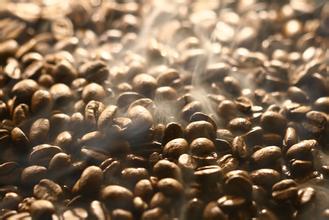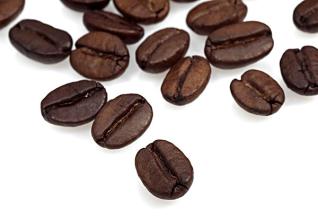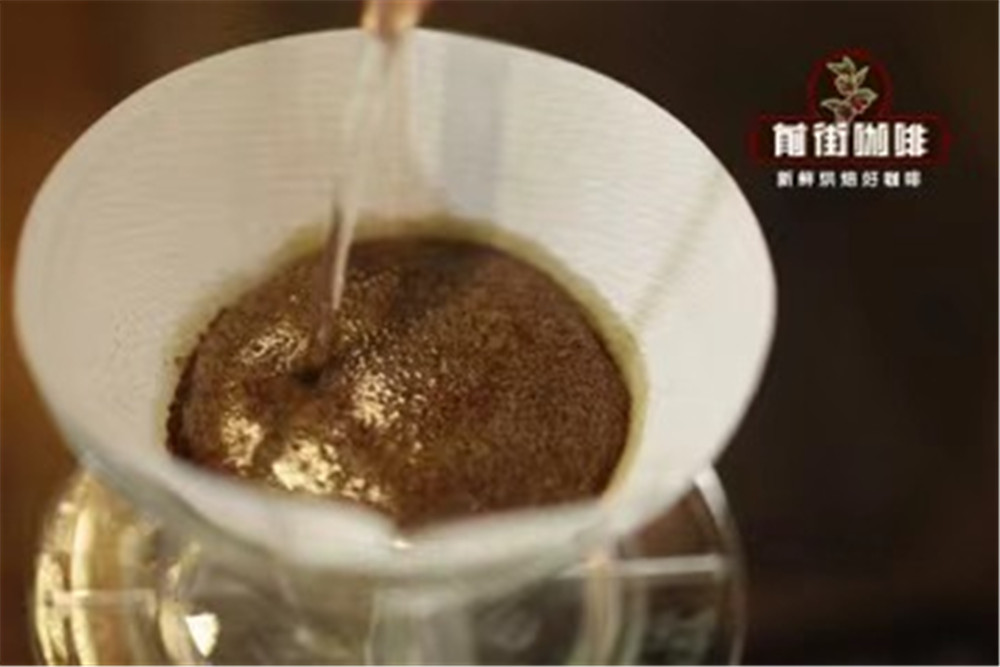Description of graded Flavor of Ugandan Coffee Bean introduction to the method of Variety treatment in Manor
Description of graded Flavor of Ugandan Coffee Bean introduction to the method of Variety treatment in Manor
Kenya is one of the most representative countries rated by sieve, along with Tanzania and Colombia (some countries use more than one classification, and the examples given here are representative, mainly in this way). Kenya's most advanced AA++ requires sieves larger than 18, that is, beans larger than 7.15 mm. Kenya beans are graded carefully, including AA++,AA+,AA,AB and so on. Colombia's classification is simpler, divided into Supremo (selected) and Excelso (upper) according to bean size. 80% of the raw beans of the selected grade need to use a sieve of more than 17, and 80% of the raw beans of the upper grade need a sieve of 14 and more than 16, and a maximum of 11% of the beans with sieve 16 are allowed to be mixed with 14 sieve beans. The screen mentioned above is for flat beans, round beans (Pea Berry) has its own set of screen size standards. The round beans are generally graded by using the sieve of 8Murray No. 12.
The best quality coffee beans in the world are produced in Indonesia and Colombia. In terms of output, Brazil ranks first in the world, accounting for about 30%, followed by Central and South America with Colombia as the center, followed by Africa and Arabia, while the remaining 10% are distributed in Asia and the islands by water washing, that is, the coffee fruit is picked immediately when it turns red, the hard peel is removed by machine, the sticky berries are exposed, and then thrown into the pool to ferment for about a day or two. Bacteria eat most of the flesh attached to the seeds. The whole fermentation process needs to be monitored by the old master, if it goes too far, it will destroy the quality of coffee beans. After the berries are removed by fermentation, rinse the residual pulp attached to the seeds with clean water. Then there is the drying process, it is best to lay the ground for sun drying, the flavor is better, but if it rains, it can also be dried by machine, and the temperature should be controlled well. Another method for polishing after drying is semi-washing. The first step is the same as washing. The fruit is picked when it turns red, but it is not thrown into the fermentation pool. Instead, the pericarp is removed by a machine, the berries are spread on the ground, dried and then moistened, and the dried flesh is ground with a special machine to remove the seeds. Mantenin in Indonesia is mostly semi-washed. Brazil has also used semi-washing in recent years. It is the only country in the world that combines the three treatments of tanning, washing and semi-washing. The rule of direct drying and forced peeling and peeling of red fruits is adopted. In this way, beans often have defects and are not beautiful. Beans dried in the sun are often made of foreign bodies or stones. The flavor of the beans treated by this method is complex, with the taste of the sun, the fruit flavor is very strong, and the consistency is better than that of washing, but the appearance of beans is not good. General Brazilian beans, Manning and mocha are typical sun-treated beans.

Important Notice :
前街咖啡 FrontStreet Coffee has moved to new addredd:
FrontStreet Coffee Address: 315,Donghua East Road,GuangZhou
Tel:020 38364473
- Prev

Yejia Coffee Cochel Coffee beans Water washing and Sun Flavor description Taste Manor
Yega Coffee Cochel Coffee Bean Water washing and Sun Flavor description of the taste manor the Yega snow coffee producing area began to try the water washing method in 1959. After 1970, the jasmine scent of Yega was washed, and the lemon and citrus flavor was popular in Europe and the United States. it has become a model of fine beans in Africa, and the sun treatment is getting farther and farther away from Chevy. However, there will always be people who will miss the feeling of the wonderful wine in the sun without a trace of wind.
- Next

Indonesia Mantenin Coffee Bean Grinding scale V60 filter Cup hand-made Gold Manning Coffee Water temperature
Indonesia Mantenin coffee bean grinding scale variety treatment taste characteristics Mantenin has always been the most unique bitterness to show its most unique sweetness, like the sweetness of life. No matter how much sugar you put in, you can't hide the bitterness. When you first tasted her, it was amazing. But the charming aroma makes us unable to control ourselves.
Related
- Detailed explanation of Jadeite planting Land in Panamanian Jadeite Manor introduction to the grading system of Jadeite competitive bidding, Red bid, Green bid and Rose Summer
- Story of Coffee planting in Brenka region of Costa Rica Stonehenge Manor anaerobic heavy honey treatment of flavor mouth
- What's on the barrel of Blue Mountain Coffee beans?
- Can American coffee also pull flowers? How to use hot American style to pull out a good-looking pattern?
- Can you make a cold extract with coffee beans? What is the right proportion for cold-extracted coffee formula?
- Indonesian PWN Gold Mandrine Coffee Origin Features Flavor How to Chong? Mandolin coffee is American.
- A brief introduction to the flavor characteristics of Brazilian yellow bourbon coffee beans
- What is the effect of different water quality on the flavor of cold-extracted coffee? What kind of water is best for brewing coffee?
- Why do you think of Rose Summer whenever you mention Panamanian coffee?
- Introduction to the characteristics of authentic blue mountain coffee bean producing areas? What is the CIB Coffee Authority in Jamaica?

